Morrisons is trialling a camera-based system to help staff keep shelves stocked – but opinion is divided on the system’s efficacy
Cameras in supermarkets have become a controversial topic of late, with checkouts taking shopper mug shots and staff kitted out with bodycams.
But the latest move switches the focus on to what staff are putting on the shelves, with Morrisons becoming the first supermarket to roll out AI-driven camera surveillance across its estate. The aim is to ramp up availability – which CEO Rami Baitiéh has identified as a key priority for his turnaround at the retailer – and improve staff efficiency.
Morrisons says trials of the technology have shown remarkable accuracy and enabled it to transform availability, while freeing staff from frustrating manual tasks that prevent them from helping customers.
So how does it work? And is it really the availability solution Morrisons – and the industry – needs?
Morrisons’ trials with American AI company Focal Systems began in a single store in 2022. It came after the Seattle-based company announced a partnership with the BRC to offer its services to UK supermarkets, having raised more than $40m in VC funding and rolled out its technology across Walmart’s stores in Canada.
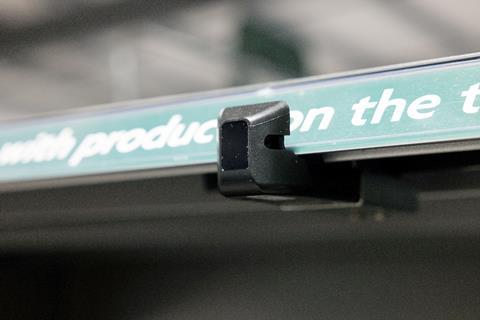
“The UK is an incredibly competitive grocery market and availability is the most critical element of earning a shopper’s visit, whether that be in store or online,” says Focal VP of sales Jeremy Pugh. “The first step to improving availability is being able to accurately measure availability throughout the day. This is where Focal comes into play. By deploying cameras throughout the store, Focal is able to digitise the shelves every hour of the day and accurately determine which products are in stock, running low or completely out of stock.”
The technology in turn alerts staff to what needs to be replenished, updating stock records to ensure the right items are ordered, meaning staff no longer have to spend time on manual data capture and instead can focus on getting product on the shelf and serving customers.
“We had reviewed other camera shelf technology in previous years but never felt confident to extend the trials,” says Jess Dobson, who led the project as head of productivity and is now fuel operations director at Morrisons.
“We very quickly established that Focal’s accuracy was higher than we had seen with previous technologies.
“We could clearly see how this and the supporting task management system was reducing wasted effort for our colleagues.”
The trial broadened to a six-store pilot and Morrisons now plans to cover its entire store network by the end of the year.
Similar tech
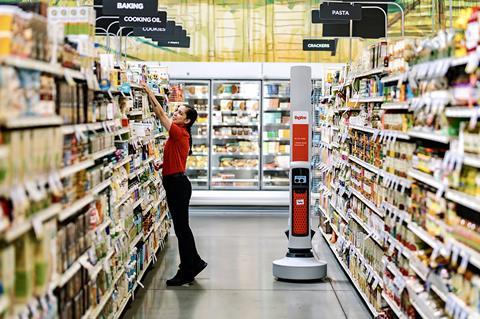
Earlier this month, CJ Lang installed 70 cameras at its company-owned Spar store in Kilmarnock to monitor stock levels and improve product availability – a move it estimated would save “hundreds of hours” for staff. The store will serve as a “real-life lab” for tech partner, Korean company Solum.
An alternative to shelf-edge cameras is a roaming robot – like the Tally 3.0 offered by robotics firm Simbe. Tally is 79 inches tall, “shy” and has “polite mannerisms” according to Simbe, and avoids customers when capturing images of aisles. The tech is being used by Carrefour and several US supermarkets.
Variations on the solution are also being used by brands, with field teams taking snaps of shelves, which are then analysed by AI to rapidly audit product availability and visibility.
Flawed system?
Yet the new tech has its doubters, among them Steve Dresser, CEO of Grocery Insight, who claims Morrisons’ move is the equivalent of “putting a flat screen up in a mud hut”.
“The system relies on stock file accuracy and the planogram being accurate,” he says. “It relies on someone actually going to find the stock, which relies on the warehouse being laid out well and tidy.
“Then someone has to stick it on a cage, or bring the case down and replenish it in the right place, and someone has to be available to do this across multiple areas of the store.”
There are “so many variables that filter in to the accuracy”, argues Dresser. And what happens if it turns out there isn’t space for an item on shelf? “Does the colleague overfill? Or take it back to the warehouse?”
It may boost shelf availability when “new and a focus”, but “no one invests in the labour to ensure stock files and planograms are accurate, so there’s huge drift over time and this renders the system less effective as time progresses”, Dresser adds.
“There’s always a question about who is putting the stock out when alerts come and, indeed, whether stores can find a way to ‘fudge’ the metrics.
“At worst, this system gives the company an inflated sense of availability.”
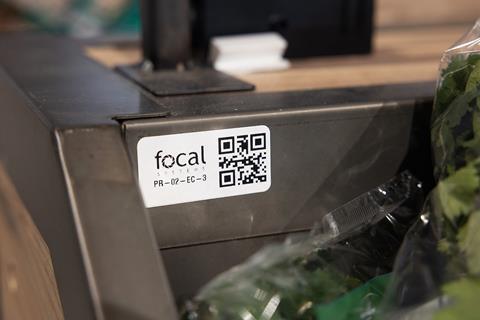
Pugh firmly rejects Dresser’s claims. “Change management is always difficult and it requires stores to transform how they think and operate,” he says. “But technology has created efficiencies and improvements in all facets of life, and retail stores are no different.
“From an integration perspective, there are out of the box APIs available to send data to existing systems to update stock on hand records, adjust orders, adapt planograms, optimise pick path for e-commerce fulfilment, etc.”
Read more:
-
Morrisons installs AI cameras to improve availability
-
Tesco boss Ken Murphy announces AI-led Express store range review
-
Why Amazon is walking back on Just Walk Out technology
-
CJ Lang adopts industry-leading camera technology to improve stock efficiency
Pugh says that for suppliers the technology can be a “game-changer”.
“Suppliers today will send people to stores to assess things like availability, display compliance and planogram compliance to identify opportunities to drive sales and better serve customers.
“That data they collect is a single point in time, whereas with Focal they have data and shelf images every hour of every day for every item in every store. It’s an absolute game-changer for how suppliers assess and optimise performance across their product lines.”
As with security cameras, Morrisons has attracted some adverse publicity from shoppers worried the cameras will effectively mean they are being secretly filmed.
Focal insists the system is fully compliant with privacy rules and drops the pixels of any personally identifiable information so it does not track or save any customer data.
“The system is focused on optimising inventory management and store operations,” stresses Pugh.
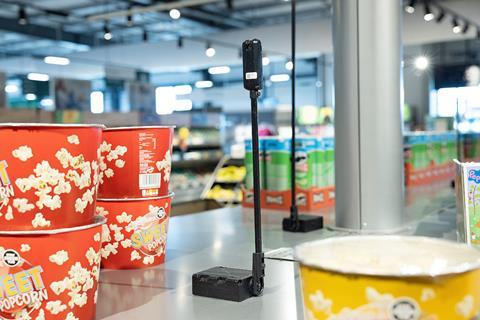
‘A significant development’
Toby Pickard, retail futures senior partner at IGD, believes Morrisons’ move is a “very significant development” for Morrisons and UK grocery, saying it could “dramatically improve on-shelf availability and the shopping experience”.
“The technology can make stores and store associates’ jobs much more efficient,” he says.
“If retailers use the technology effectively, they will help reduce low-on-stock or out-of-stock items, which is better for shoppers, suppliers and retailers, as some estimates suggest that a missing item will result in no sale on around 50% of occasions.
“Suppliers could get more visibility about how their products are being displayed in stores, without having to visit them.
“The ability to get near real-time insights about their on-shelf availability should help them plan better and ensure the right amount of their products are at the right stores to maximise sales opportunities.”
With it surely only a matter of time before other supermarkets follow Morrisons in the AI rollout, Big Brother will more than ever be watching both customers and staff in the months and years ahead – but some of those privacy concerns might just be pushed aside, if Morrisons and others can achieve a fraction of what they claim the new cameras are capable of.








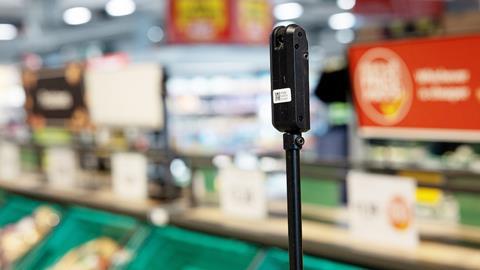




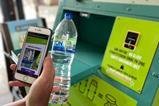








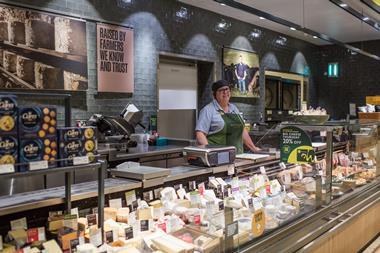







No comments yet